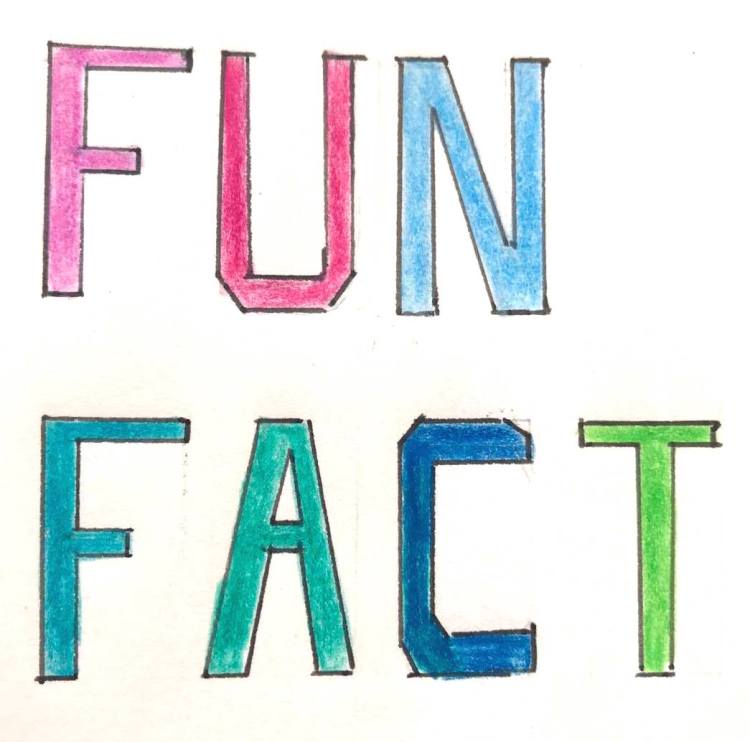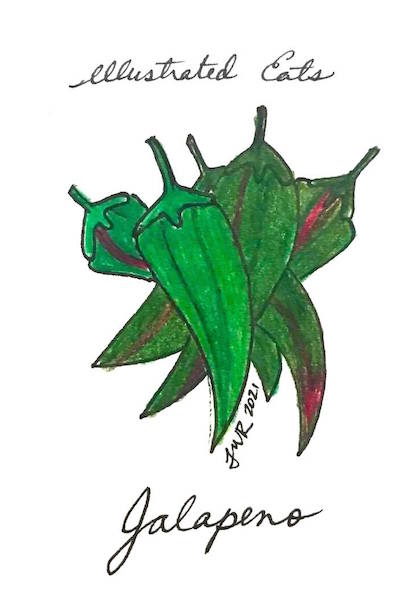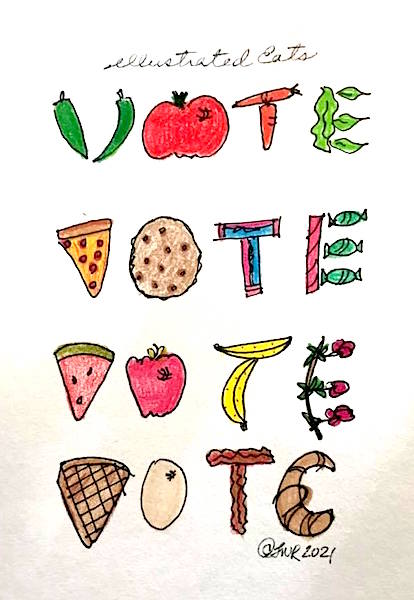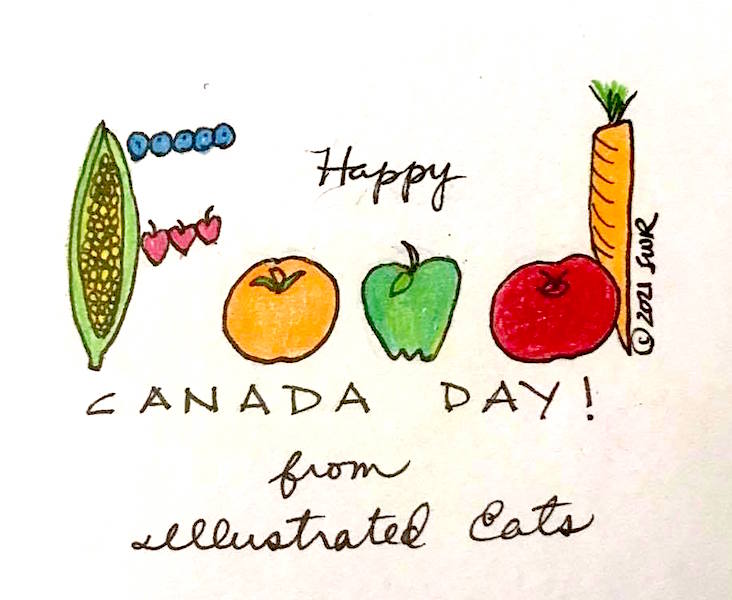Perhaps a better title would be the story “before” Illustrated Eats.
In 1990, a year after graduating from the University of Ottawa and some formative work on Parliament Hill, I packed up all that I owned with my trusted friend and headed to the West Coast leaving behind all that I knew and loved; my family, my friends, my campus, my province and what I thought was my career path.
I was 25. I had nothing to lose. Ontario was in a recession and Parliament Hill’s culture was getting a bit weird (more on that later).
The job prospects seemed dim (though my friends who stuck it out did awfully well and deservedly so). It’s more likely, I was ready for an adventure. So off we went, a week through Ontario, the northern States, the Prairies. Camping along the way and enjoying the epic skies of a late August summer’s drive.
My first reality check was our arrival in BC. It was late. It was cold. We were above the tree line, somewhere I’d never been before. I called my friends back home in tears. “I’ve made a terrible mistake. It’s August, I’m freezing, I couldn’t see the sky all day for the mountains. If this is BC, I don’t want to be here”. But on we went the next morning.
Later that afternoon, we drove through Salmon Arm and my spirits lifted. “This” I thought, “I could handle”. On a mission to get the last ferry to Vancouver Island, by the time we arrived in Sydney it was dark. We found a campsite (I wonder, how we did these things pre google maps) and turned in for the night.
We awoke in paradise. The trees, huge. The ferns, enormous. The air, freshly salted. Wow. What just happened? I marvelled.
My friend was enrolled at the University of Victoria. I was quite sure I’d pick up work at the BC Legislature thinking to myself that I’d been part of the big show in Ottawa. Except, no. I couldn’t find a job to save my life.
I spent my days walking along the ocean shore on Dallas Road, visiting the public library, and watching cooking shows on PBS. With my little note book, I would diligently write recipes then venture out to find ingredients and try them on my unsuspecting partner. If I can’t make money I thought, at least I could save on food cost. And that was the beginning of this journey.
Come that first Christmas, every cent I had was kept for a trip home to see family and friends. No money for presents, I crafted a silly little recipe book with doodles of sights in Victoria for friends that I’d missed so much.
The story is longer but we eventually moved to Vancouver. I got a job working at a legal publisher. We went our separate ways. I went back to school and got a Masters in Publishing at Simon Fraser University.
By then, my best friend had moved to Vancouver. We shared an apartment, had some truly epic travel adventures. And food was a big part of that. Great markets, great festivals, great restaurants. Too much disposable income, frankly, but worth every single penny, in retrospect.

I did meet a nice fellow. And we made a go of it. And get this. His family was from Salmon Arm where we now live. We’re married 20 years and the proud parents of two truly lovely and delightful young men. I’m so grateful.
But back to work for a moment. I started a small corporate communication business when I arrived here. I worked on some amazing campaigns and enjoyed every minute. But self employment is a precarious pursuit. In late 2019 I decided to scale back, close my office and spend more time at home to focus on what matters, just weeks before COVID hit. I’m no genius. I’m just lucky, as I now see.
Along the way, I was elected as a City Councillor and had been teaching part time as a Business prof at the local college while dreaming of a return to Ottawa as an MP. But it’s beyond weird there now, and frankly, more toxic than is healthy, which is a shame because it really is an honourable place where good and important decisions are made. But if that had been my path, I never would have left Ottawa in the first place.
As I wound down my teaching, my responsibility as a city councillor grew and I was honoured to feel as if I was of some help during the crisis of our time. Come September however, it was pretty clear to me, I would no longer be teaching, and my business would dwindle to few and far between contracts. This left me with a choice to make.
So, all that being said, now what? At the tail end of my career, I know three things. I love to write. I love to sketch. I love to cook. That does not make me an author, an artist nor a chef. But you don’t have to be any of those things to love those things.
So after much soul searching and hand wringing, I’ve made a decision. I’m going to draw pictures, write stories and share recipes about the places I love for the people I love.
Plus ca change, plus c’est la meme chose.
So whatever it is you’re facing, you’re feeling, you fear or you hope for, sometimes going back to where you came from is the best way forward.
Welcome (or should I say welcome back) to Illustrated Eats.











